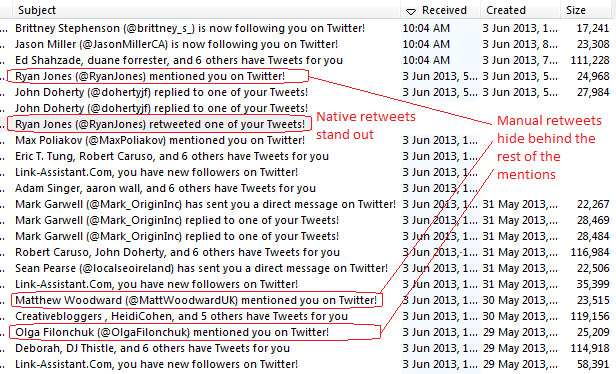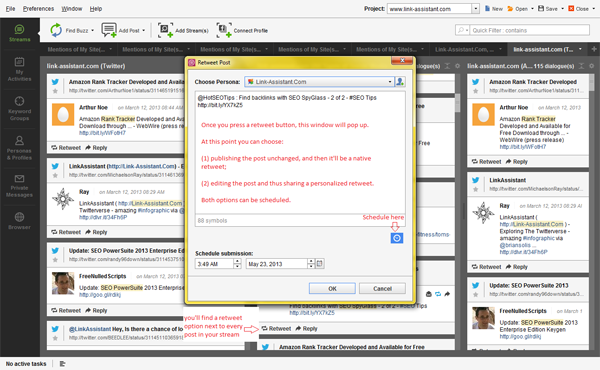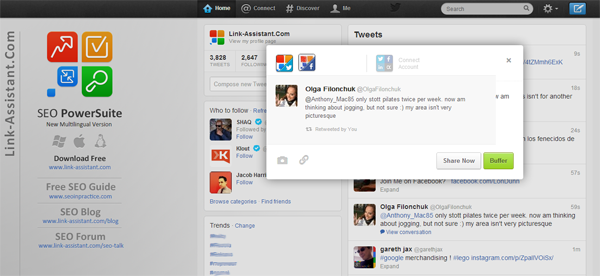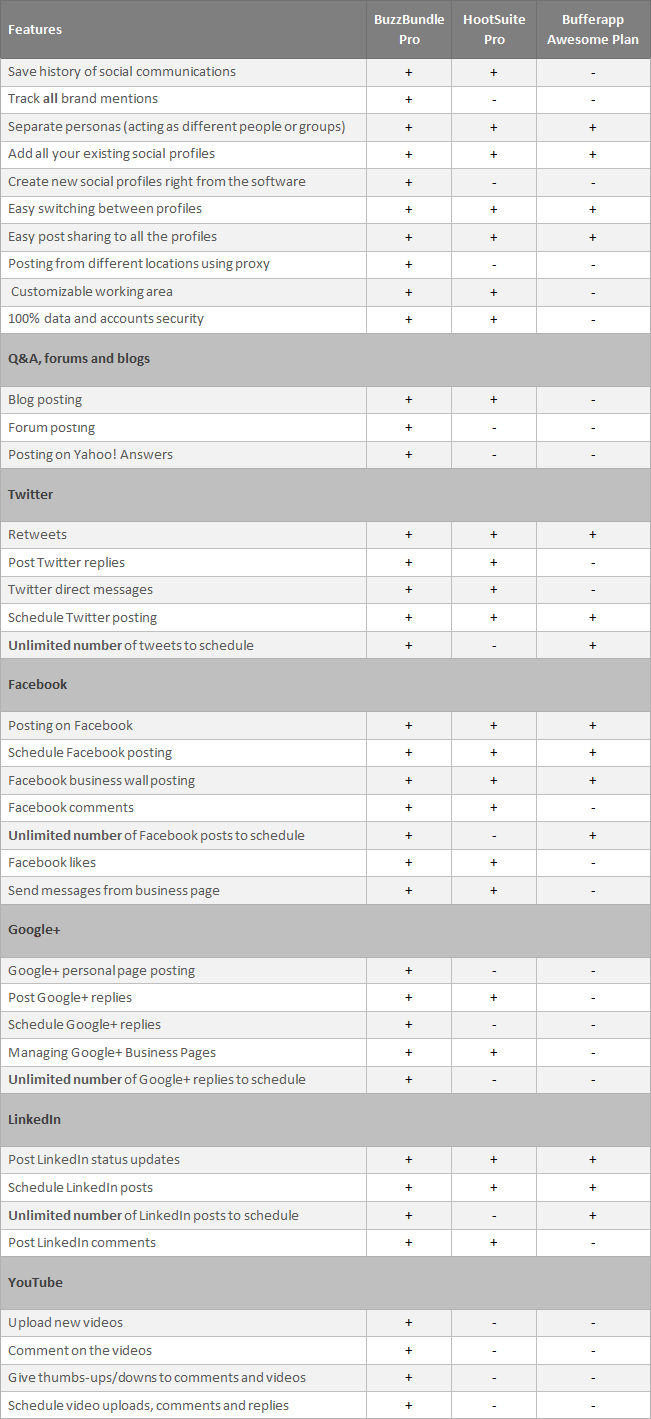Retweet is a powerful twitter engagement technique. It allows you to properly interact with other people on Twitter in a way that’s most beneficial for them.
Types of Retweets
Basically, there are two major types of retweets:
(1) Native retweets. These are the ones that are published unchanged, featuring the original publisher’s profile picture:
(2) Manual retweets. These are altered messages that preserve the link, include the twitter handle of the original publisher and often feature an exclusive comment.
Which type of retweet is better
There are different schools of thought regarding which type of retweet is better. Below you’ll find most common arguments in favor of both types.
Pros of native retweets:
1) Native retweets indicate full endorsement as they quote the publisher unchanged and thus suggest that the original poster is as a reliable source.
2) Native retweets show up as retweets in email notifications, so in a sense they stand out. Manual retweets will show up as mentions, along with all the other mentions, including #FF, “via” mentions, support questions, tweets of your blog content, etc.
With that in mind, native retweets might be a better way to catch attention of people you follow compared to manual retweets.
Have a look at a typical Twitter notification feed in any email and judge for yourself: native retweets stand out, while manual retweets hide behind the rest of the mentions.
3) Native retweets are counted within the original tweet. This feature alone is often viewed as an extra way to help the publisher promote the post:
Will a post with hundreds of retweets catch other people’s attention? It sure will!
Thus, when you choose a native retweet over a manual one, you help the original publisher make the post more appealing to the rest of readers.
4) Native retweets save the limited twitter message space. Often the original message plus RT @handle would exceed the 140-symbol limit, which makes you edit the message.
5) Native retweets are quick to share and require no copy and paste. All you need to do is press a retweet button with no need to craft a personal message;
Pros of manual retweets:
1) They give more room for showing personal appreciation by adding an exclusive comment. If you really enjoyed the post shared in the original tweet, write something special for the author to acknowledge that the content is truly awesome.
2) Manual retweets feature your profile picture which your readers recognize and thus trust the content more;
3) Manual retweets let you range the endorsement level: “RT @handle” at the beginning of a manual retweet is believed to suggest a higher level of endorsement than the one at the end.
Whichever type of retweet you prefer, it’s worth diversifying your retweeting strategy, i.e. experiment with both native and manual retweets to see which one works best for you.
That said, you’ll need a social media tool that allows scheduling both types of retweets.
In this post I’ll mention 3 tools that appear to be the only solutions for scheduling retweets. If you’re aware of more, I’ll be happy to hear about them in your comments.
Also please note that all the tools mentioned above have a variety of other functions that can help you with your social media activities in many other ways: you’ll find a comparison table at the end of this post.
Social media tools that schedule retweets
1. BuzzBundle
BuzzBundle has multiple social media listening and management options, and one of them is scheduling retweets.
Here are the steps you need to take in order to schedule a retweet with BuzzBundle:
1) Choose a tweet in a stream
2) Press the retweet button
3) Check if you need changing the text of your retweet. If you don’t make changes, it’ll go as a native one. If you do, it’ll be a manual one.
4) Schedule your retweet.
As you can see, with BuzzBundle you can schedule both types of retweets.
2. HootSuite
HootSuite also lets you schedule manual retweets. All you have to do is pick a tweet in your stream, click the retweet button and make use of the scheduling option:
Please note that HootSuite doesn’t have a native retweet option by default. It offers the manual type straightaway. Though you can change RT to native retweets in HootSuite, you won’t be allowed to schedule them.
3. Bufferapp
Bufferapp has also recently added the schedule retweet feature.
Unlike Buzzbundle and HootSuite, Bufferapp doesn’t have the stream layout, so the routine will be a bit different:
1) Choose a post in your twitter stream and press Buffer (a browser extension is required):
2) To schedule your retweet, press Buffer. If you make no changes, it’ll go live as a native retweet on the next scheduled date. If you change to quote, it’ll become a manual retweet.
Resource Guru - Team Scheduling

- 30 Day Free Trial
- 370+ Top-Rated Capterra Reviews
- CRM Integration - Including Salesforce

Other features of BuzzBundle, HootSuite and Bufferapp in a comparison table
All the three tools mentioned above have a variety of functions other than scheduling retweets. I compared them in the table below:
And what types of retweets do you prefer? Did I miss any tools that also allow scheduling retweets? Share your ideas in the comments below!







